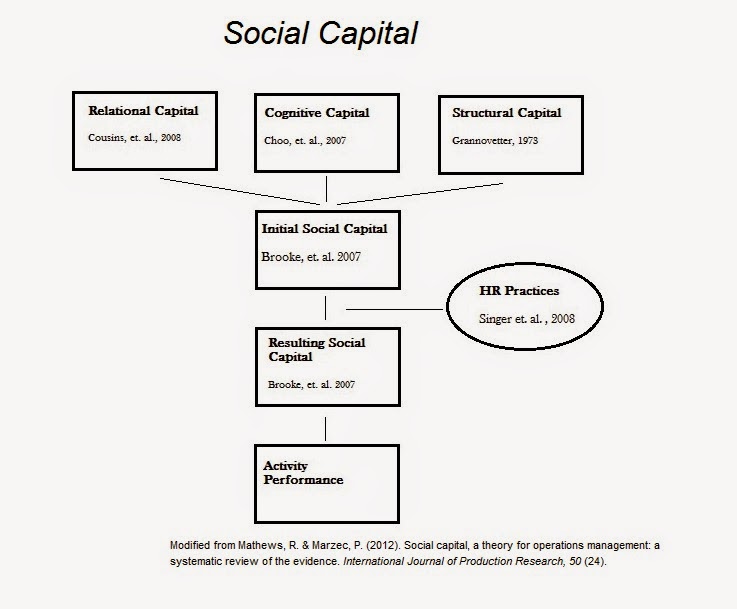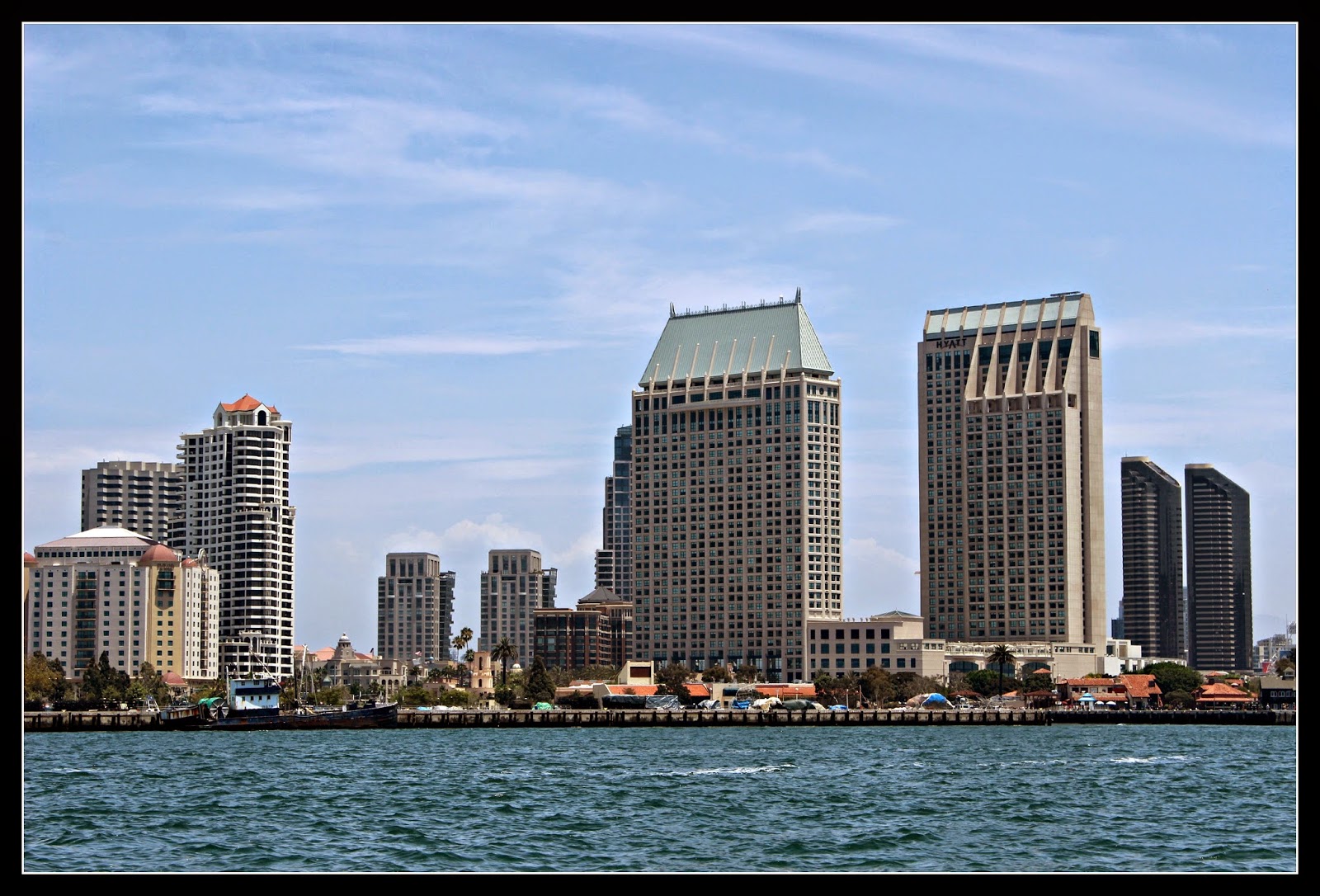The flow of information helps entities
integrate operations and services that lead to a more efficient system. It
doesn’t matter if we are discussing a single company, a group of companies, or
an entire hub of economic activity. The process of encouraging proper
information transfer and collaborative problem solving is important for moving an
organism to its highest state of existence.
Imagine for a moment how well your body works
if your feet didn’t communicate with your brain and your brain had no way of
talking to the hands. You would have a difficult time walking, grabbing items,
and otherwise functioning. You would eventually starve and pass away. The same occurs
in companies and economic hubs when elements can’t communicate together.
Glazer in his book Smart vs. Dumb Service Strategies: A Framework for Ebusiness Intensity
discusses the importance of information flow in developing an entity for higher
levels of performance (2001). He makes three distinctions where information
integration can be beneficial:
Downward
flow:
The flow of information between companies and customers (i.e. the in and
outflow of information).
Upward
Flow:
The flow of information between suppliers and the company (i.e. efficient
operations by integration of networked operations).
Internal
Flow:
The flow of information held internally by a company (i.e. collaboration of
internal elements).
Within any entity there is a need to ensure
information to and from stakeholders is being used to improve the overall
system. That information needs to flow includes
customer to company, company to supplier, and department to department. Without that ability the system becomes
dysfunctional and non-competitive. Improving the flow of information can make a
difference in an organism’s ability to effectively adjust to its environment
and succeed.
How that improvement in information flow occurs
depends on the type of organism but generally relates to meetings, positive relationships,
egalitarian structure, information postings, open cultures, surveys,
collaboration, and promotion. The organization must fully and functionally
accept the inherent nature that new information should be encouraged, accepted,
and capitalized on.
Glazer, R.
(2001). Smart vs. Dumb Service Strategies:
A framework for EBusiness Intensity. New York, Armonk E-Service.

